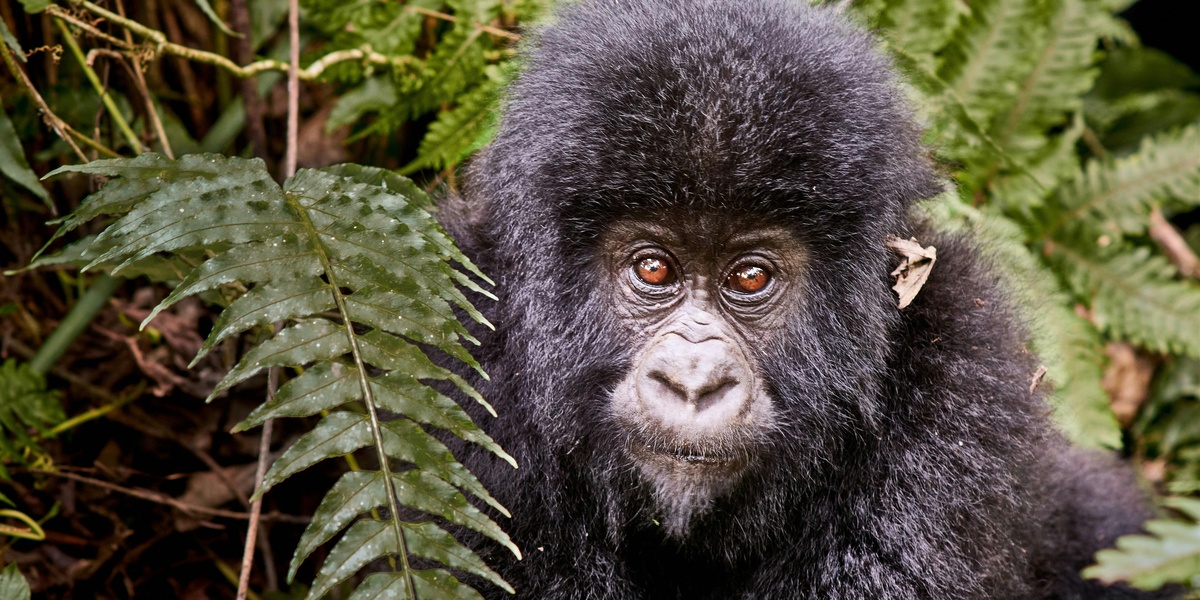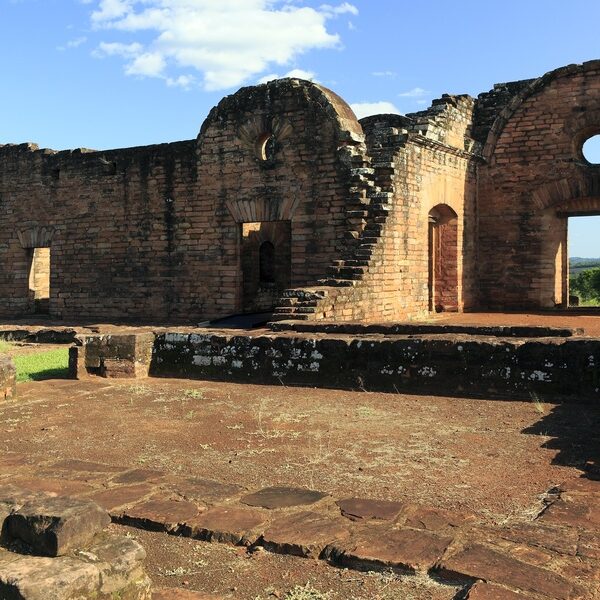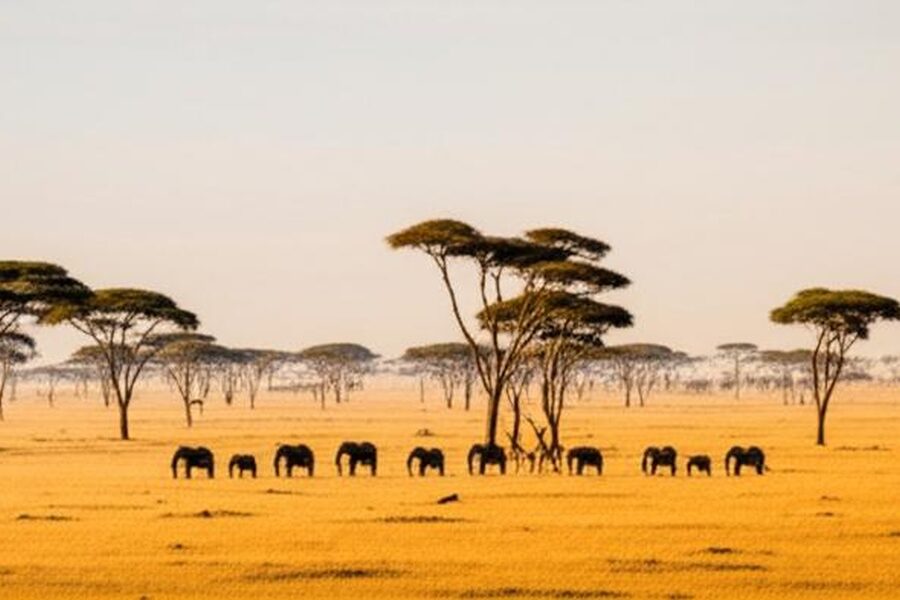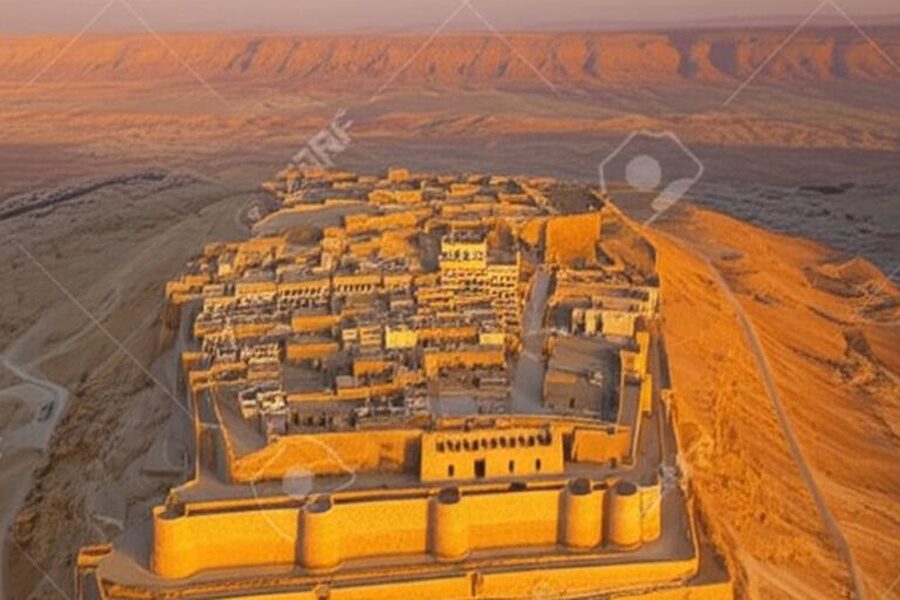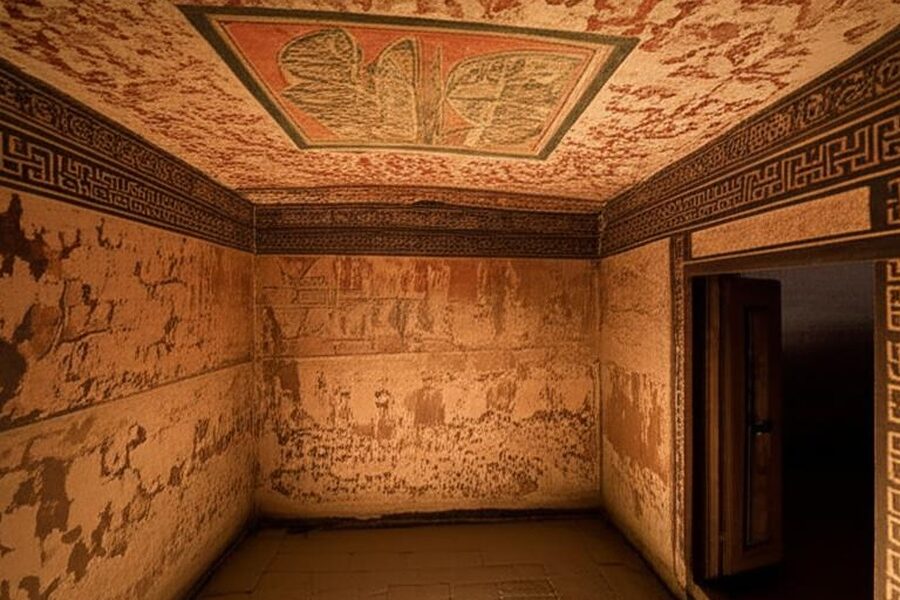The Democratic Republic of the Congo holds vast tracts of rainforest, savanna and active volcanic ranges where biodiversity and cultural landscapes intersect. Its World Heritage properties span remote plains, mountain forests and wetlands that tell both natural and human stories across the country.
There are 5 World Heritage Sites in Democratic Republic of the Congo, ranging from Garamba National Park to Virunga National Park. For each site, details are organized as Year inscribed,Location (province; coords),Type & area (type; area km2); you’ll find the full list below.
How easy is it to visit these World Heritage Sites in the DRC?
Access varies widely: some sites are remote and require flights, long drives, or park-organized logistics, while others are nearer towns with guided options. Security, permits and seasonal conditions affect travel, so check park authorities or trusted tour operators before planning a trip.
What conservation challenges do these sites face and how does UNESCO help?
Sites face threats like poaching, habitat loss, and impacts from conflict or resource pressure; UNESCO listing raises international awareness, supports monitoring and can help attract funding and technical assistance for management plans and community-based conservation.
World Heritage Sites in Democratic Republic of the Congo
| Name | Year inscribed | Location (province; coords) | Type & area (type; area km2) |
|---|---|---|---|
| Virunga National Park | 1979 | North Kivu;0.95,29.47 | Natural;7,800 |
| Kahuzi-Biéga National Park | 1980 | South Kivu (near Bukavu);-2.25,28.85 | Natural;6,000 |
| Garamba National Park | 1980 | Haut-Uélé (near Dungu);4.15,29.75 | Natural;4,800 |
| Salonga National Park | 1984 | Tshuapa/Sankuru (central DRC);-2.35,22.10 | Natural;36,000 |
| Okapi Wildlife Reserve | 1996 | Ituri (near Bunia);1.80,28.90 | Natural;13,700 |
Images and Descriptions
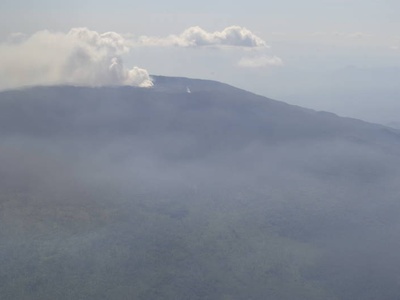
Virunga National Park
Africa’s oldest national park and home to mountain gorillas, chimpanzees and lava-sculpted landscapes. Visitors travel via Goma for guided gorilla treks and boat safaris. Conservation faces poaching, armed conflict and oil-exploration threats; support local rangers and community tourism.
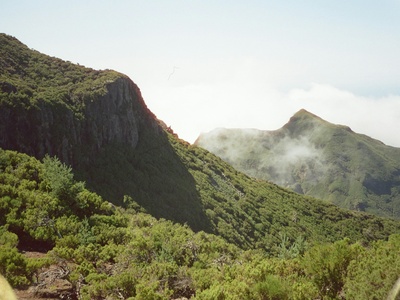
Kahuzi-Biéga National Park
A biodiverse montane and lowland forest protecting eastern lowland gorillas and rich birdlife. Accessible from Bukavu with guided treks to gorilla groups and waterfalls. Conservation struggles include logging, agriculture and past conflict; community projects and patrols aim to stabilize populations.
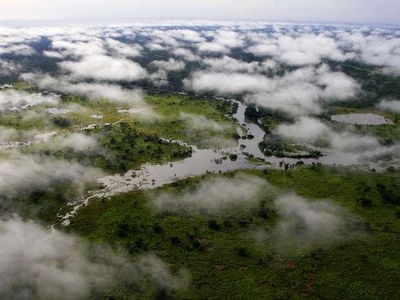
Garamba National Park
Savannah park vital for elephants, lions and endemic grasses; one of Africa’s oldest national parks. Reachable by road or air to nearby Dungu, but security and poaching remain serious concerns. International anti-poaching efforts have reduced—but not eliminated—illegal hunting.
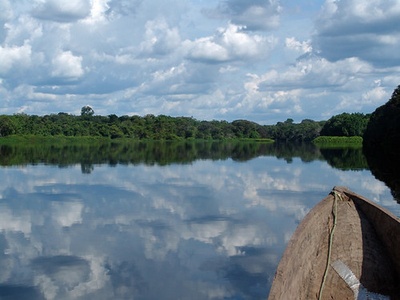
Salonga National Park
Africa’s largest tropical rainforest reserve, remote and river-access only, sheltering bonobos, forest elephants and rare primates. Long boat journeys from Mbandaka or regional hubs are necessary. Conservation hampered by bushmeat hunting and weak enforcement; biodiversity value is globally significant.
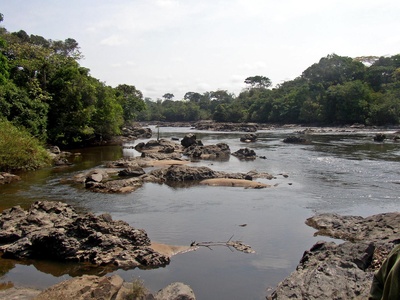
Okapi Wildlife Reserve
Rainforest landscape protecting the elusive okapi, chimpanzees and diverse fauna. Access via Bunia or rough forest tracks; guided patrols and research visits possible. Threatened by illegal mining, hunting and conflict, with UNESCO monitoring and community programs supporting protection.

